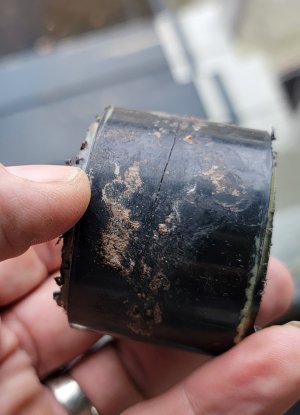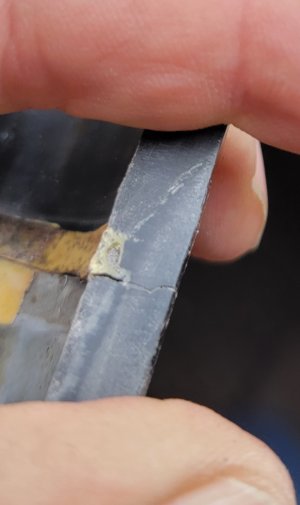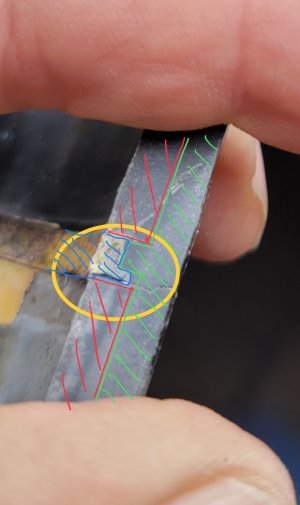If they are failing in that area that is a stress point for any flexing if the pipe is not properly supported.
I think the support is actually quite good. The North South pipes all go through holes in the web of the silent floor joists, and the East West pipes are hung from straps every 3 ft or so.
My biggest suspicion is the expansion and contraction of the long runs. But the pipes are not constrained so that is a long shot.



